A modern homesteader is a person who is working towards a more self-sufficient lifestyle.
The modern homesteading dream is built around learning traditional skills, taking care of your own needs, developing real connection, and finding a meaningful approach to life beyond being mere consumers.
Much of the homesteading lifestyle we are trying to achieve today is based on the homesteaders of the past. The Homestead Act of 1862 is what originally created the concept of homesteading. The laws granted around 160 million acres of federal land to be given away to 1.6 million homesteaders who agreed to live on and work the land.
Today, urban homesteaders and modern homesteading are gaining in popularity. It has become trendy to leave behind a comfortable city life and embark on a homesteading journey.
There is a growing movement of people making big lifestyle changes towards sustainability, less dependence on the grocery store, looking at their environmental impact, and all around becoming a modern-day homesteader.

The First Step Towards A More Simple Lifestyle
If you are interested in modern homesteading or suburban homesteading the first, and most important, step that you can take is focus on small sustainable changes.
Trying to undertake every single part of homesteading all at once is a recipe for disaster.
Homesteading skills are not the same basic skills for life that you are familiar with. Learning a new way of living will take time. You need to be willing to slow down in order to fully live out and enjoy a slower pace of life.
Turn Your Waiting Room Into A Classroom
The best way to learn a new homesteading skill and start your journey towards becoming a modern homesteader is to start where you are with what you have.
If you live in an urban environment there are still tons of things you can do and skills that you can learn that will jump start you into this new lifestyle.
Each new skill that you learn and each baby step that you take will bring you one step closer to your goal. Keep in mind also that the skills you are learning are transferable. If you are living in a city apartment growing herbs on your window sill you are still learning a lot about how to grow, harvest, and use natural herbs. Those skills are incredibly useful! You are taking steps to improve your quality of life now while also gaining a new knowledge base that will serve you for years to come.
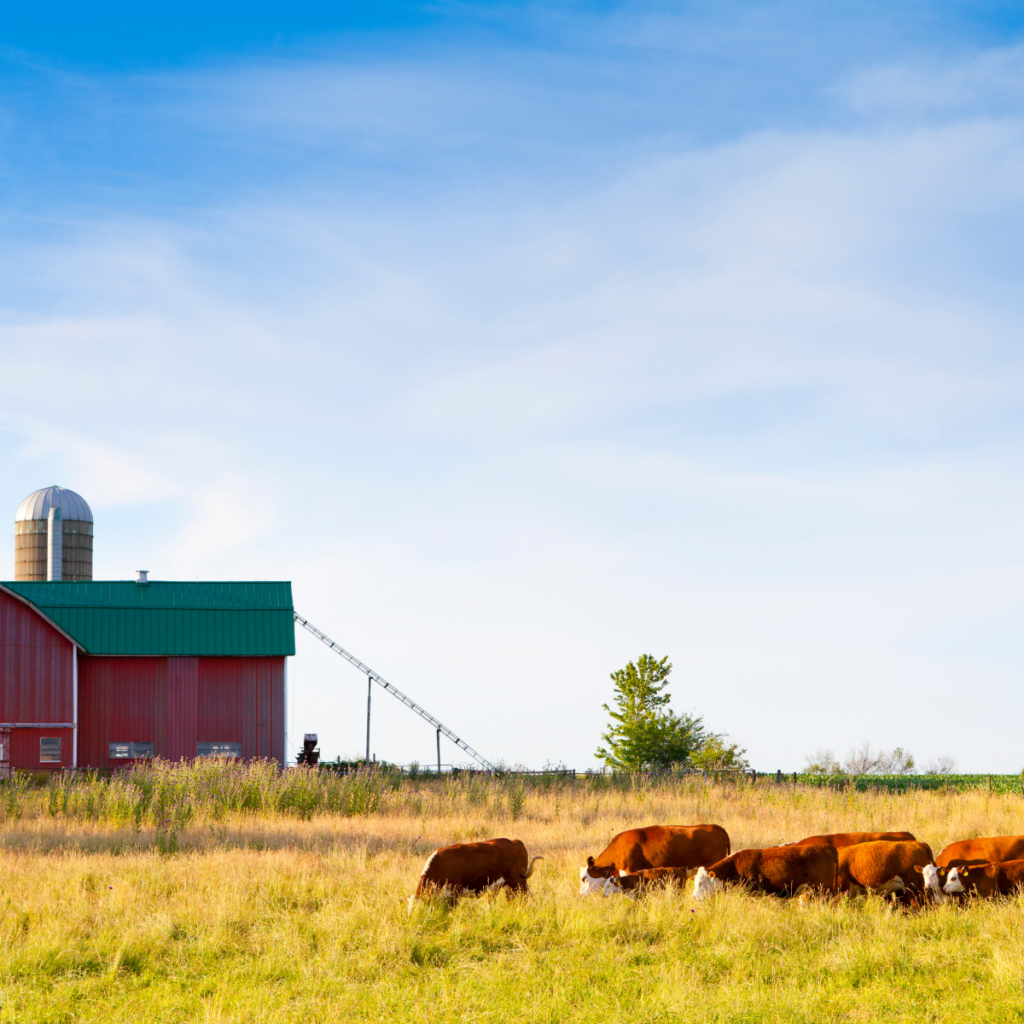
Be Willing To Learn New Skills
The next step is to have a willingness to learn an entirely new set of skills.
Homesteading is very different from the life of consumerism we enjoy in modern times. I am not assigning a value or morality to consumerism or capitalism. Rather I want to point out that relying on your own crops or your own livestock for food is vastly different than running down to the grocery store.
There is a wide variety of ways to homestead and types of homesteaders. Regardless of your specific goal becoming a modern homesteader will require you to learn a lot of new skills.
It is okay to get uncomfortable. And it is okay to make mistakes. Be willing to do both.
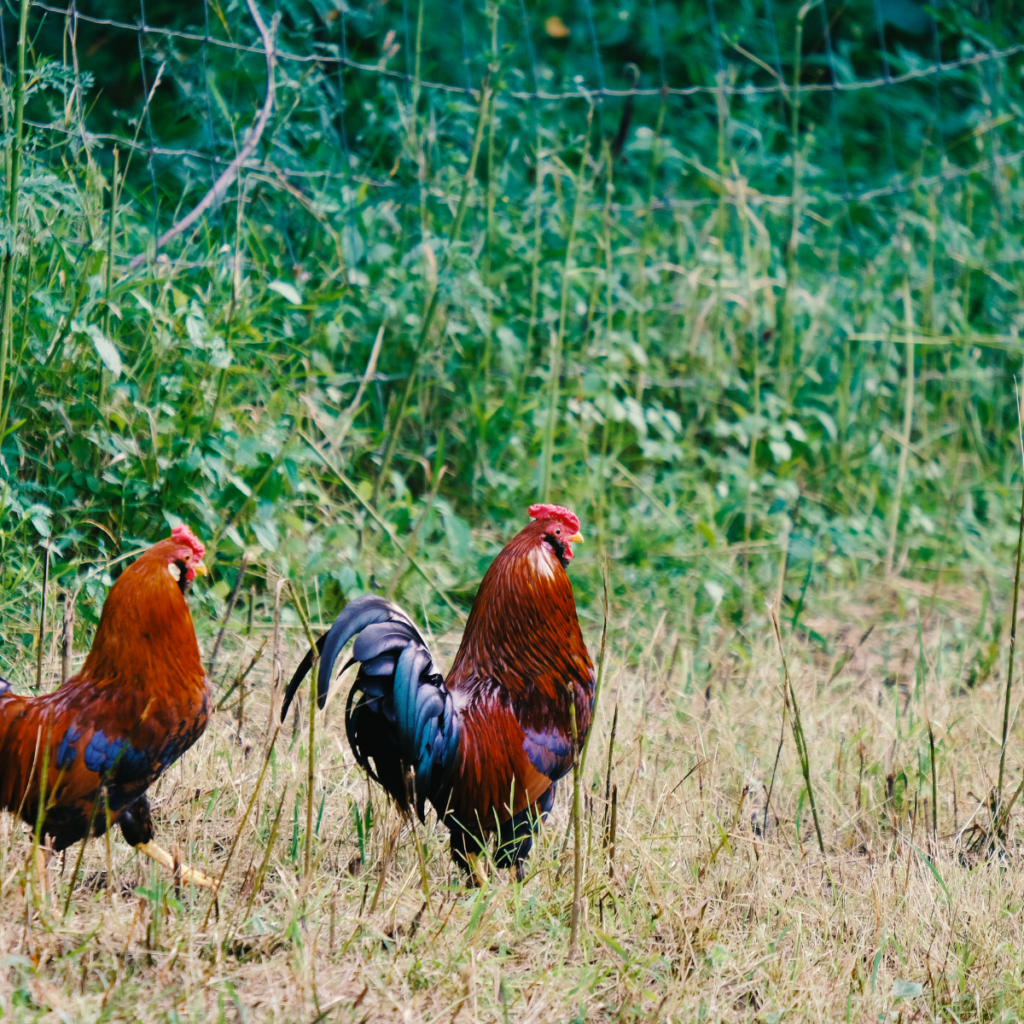
Self Sufficiency Vs Community Sufficiency
The best kept homesteading secrets is that there are no secrets.
The original homesteaders were never 100% self-sufficient. They relied heavily on their communities and local resources.
As you are taking steps toward modern homesteading it is important that you do the same.
One of the great things about homesteading is that you are not doing it alone.
Build community with other people who are trying to live the same lifestyle. Make connections and learn from those who have more experience than you. Ask questions and be curious. This is an extraordinarily vital aspect of homesteading that cannot be ignored.
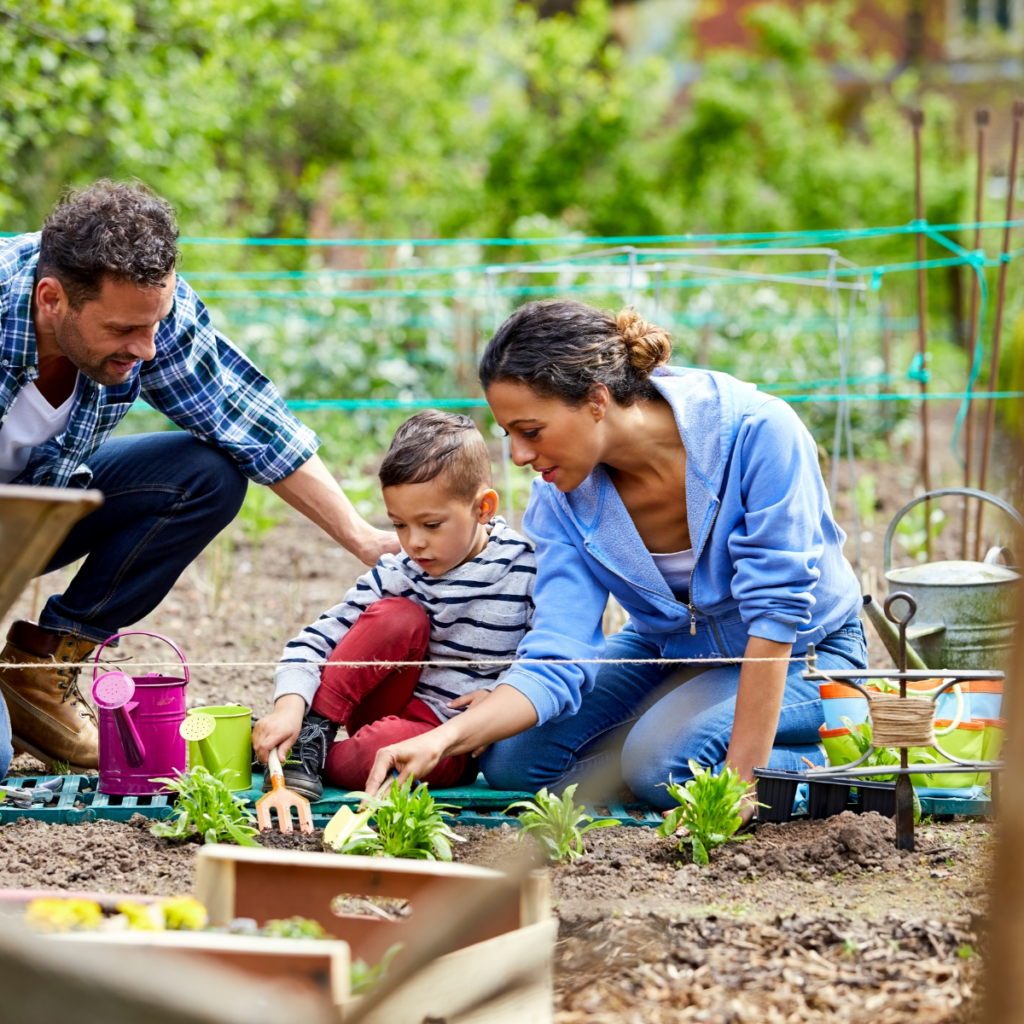
4 Ways To Begin Modern Homesteading Today
- Grow Your Own Food
- Cook From Scratch
- Make Your Own Soaps And Cleaners
- Choose More Sustainable Options
Grow Your Own Food
Regardless of where you are starting in your modern homesteading journey there are steps you can take to begin growing your own food and learning the skills necessary to care for and maintain a larger garden.
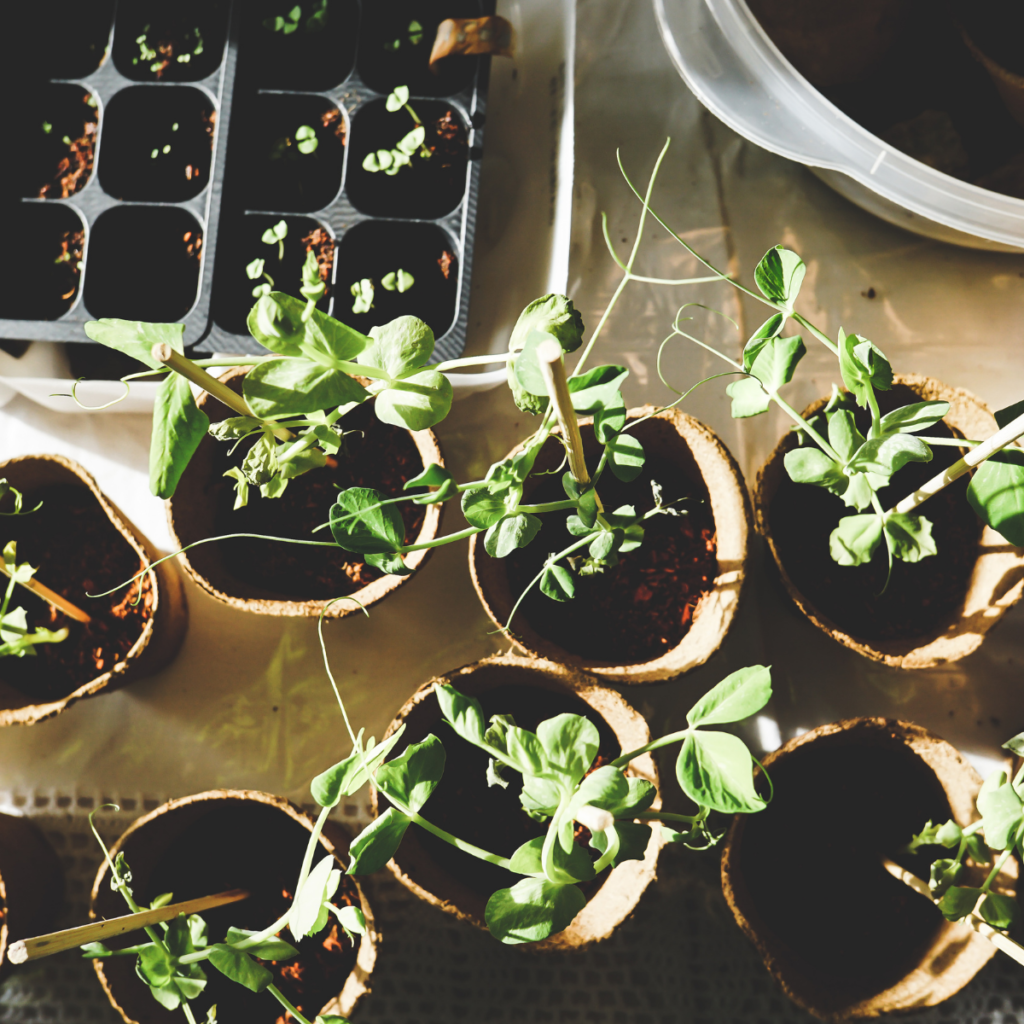
Indoor Gardening Options
If you live in an apartment or do not currently have the ability to garden outdoors there are a few different things that you can do in order to begin gaining new skills around food production.
Growing herbs or small plants on a window sill is an excellent place to start.
You can also look into micro greens and sprouts. Both are full of wonderful nutrients and work well in small spaces.
Visiting farmers markets is a better option than going to a big box store and while you are there you can take time to chat with the local vendors. Going on a regular basis will help you to not only source locally grown produce but also to make connections and start building the community that will become so valuable to you.
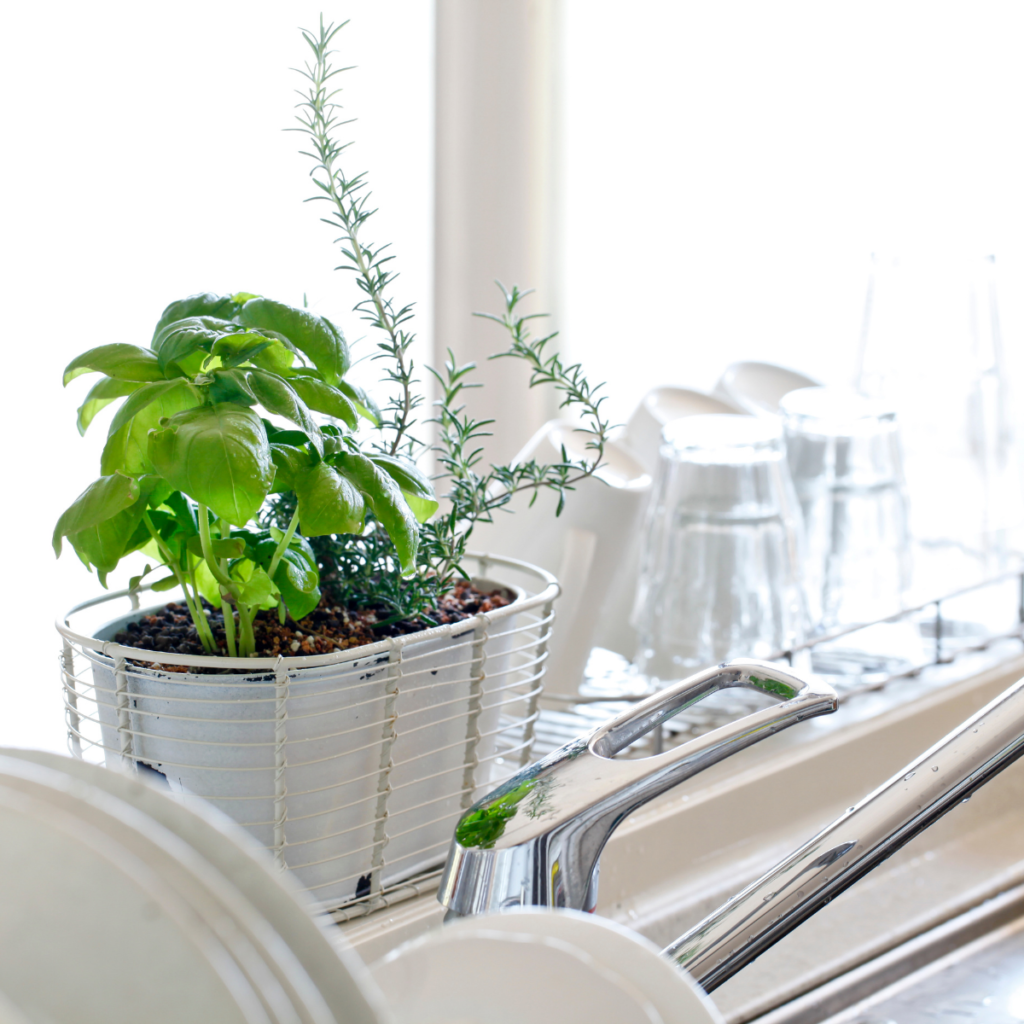
Container Gardening
A homestead garden in your own backyard does not necessarily mean that you need to remove sod and grow in the ground. Container gardening is a very popular and fantastic way to grow food.
There are many varieties of vegetables that grow very well in containers. For example, if you do not have the space for the vertical trellis many beans and peas need you could instead choose a bush variety. Those do not need to trellis up and work really well in small containers.
Another example of this is learning more about the different tomato varieties. Tomatoes are either determinate or indeterminate. Determinate tomatoes grow to a specific height and then stop. Those varieties are great if you are limited on space. An indeterminate variety will keep growing up and up. Indeterminate tomatoes need a lot more vertical space and some kind of trellis or cage to support them.

Raised Bed Gardening
When you think of container gardening you might imagine grow bags or pots. Raised beds however are another type of container gardening.
Depending on the setup in your particular area a raised bed garden might be a good option for you.
Keep in mind that raised beds are not reserved for those limited on space. Many gardeners with much land and resources still choose to do some or all of their gardening in raised beds. This could be due to the quality of soil in their yard, ease of access, or any number of different factors.
Raised bed gardening, container gardening, and indoor gardening will all help you to learn different skills and gain knowledge that can be transferred to a larger growing area later on. You may even find that once you are in a position to garden in a variety of ways you still prefer some of these methods for various plants.
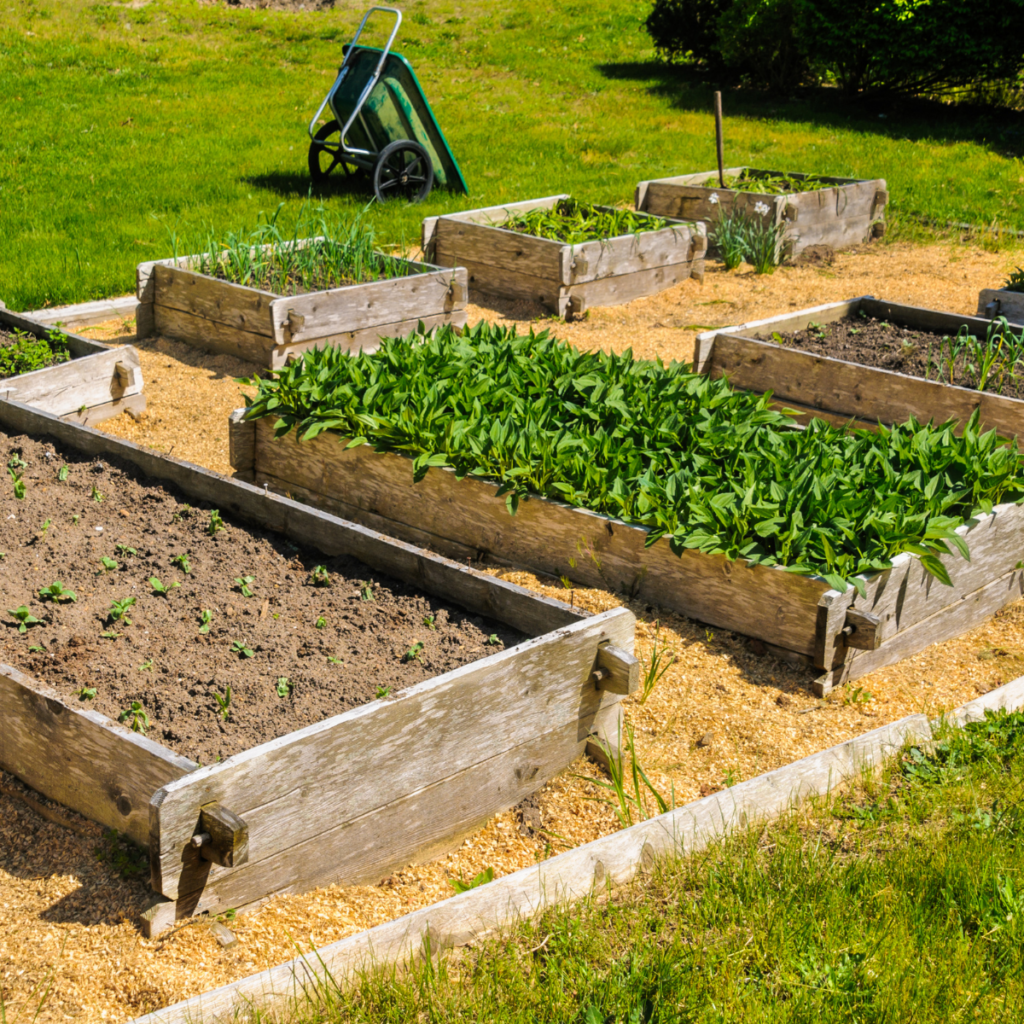
In Ground Gardening
Tilling up a plot of land and planting directly into the soil is the most traditional way of growing your own food. If you have the space for a backyard garden then it is certainly a great thing to take advantage of.
Regardless of how you choose to begin your modern homesteading garden you will be learning invaluable skills to help you on this journey.
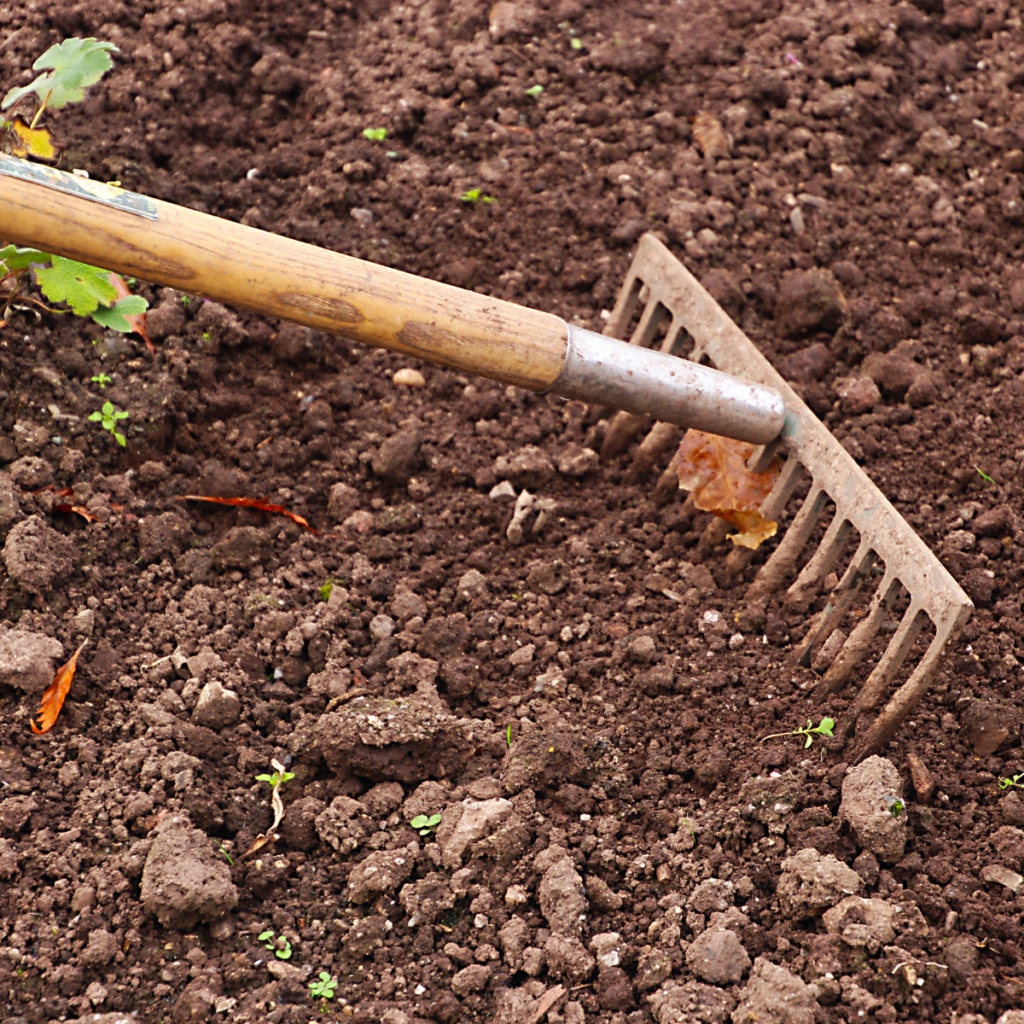
Cooking From Scratch
Growing your own food is wonderful but if you do not know what to do with that food once it has been harvested then you will find yourself in quite the predicament.
Learning to cook food from scratch and embracing the old ways of navigating around a kitchen is a skill that will grow with you and greatly aide you along the way.
Eliminating Processed Foods
If you are new to cooking from scratch please take comfort in knowing that you are not alone. I speak to many women who reach marriage and motherhood then realize that they were not taught basic homemaking skills like cooking.
One of the first small steps you can make towards cooking from scratch is by eliminating processed foods. There are plenty of health reasons to eliminate these foods from your diet but if you are just focused on cooking from scratch you will need to say goodbye to all of the prepackaged foods currently taking the place of “real food” in your kitchen. Whipping up a blue box of mac and cheese or heating up a frozen pizza does not count as cooking from scratch.
Another great reason to cook from scratch is that is will save you money on your grocery bill.
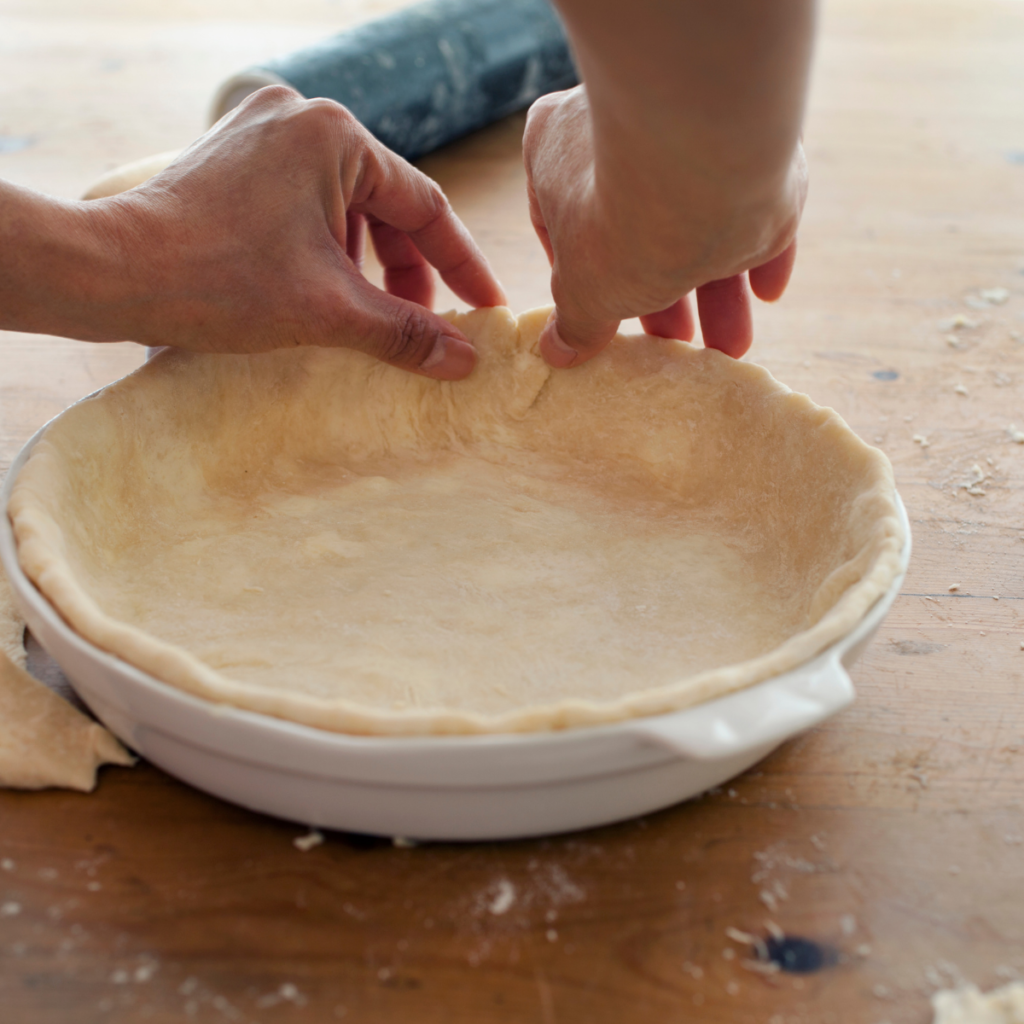
Buy Ingredients
Another small step to take towards learning to cook from scratch is to focus on purchasing ingredients instead of pre-made options.
A great example of this is beans. Buy the bag of dried beans instead of the can of beans.
When you are growing and harvesting your own food you will be much more familiar with how to handle the raw ingredients if you start now by practicing on items you get from the grocery store or farmers market.
Plus if you make a mistake on a bag of beans you got for $0.99 at the store I promise you will not be nearly as heartbroken as you will if you made the same mistake on beans you painstakingly grew and harvested yourself.
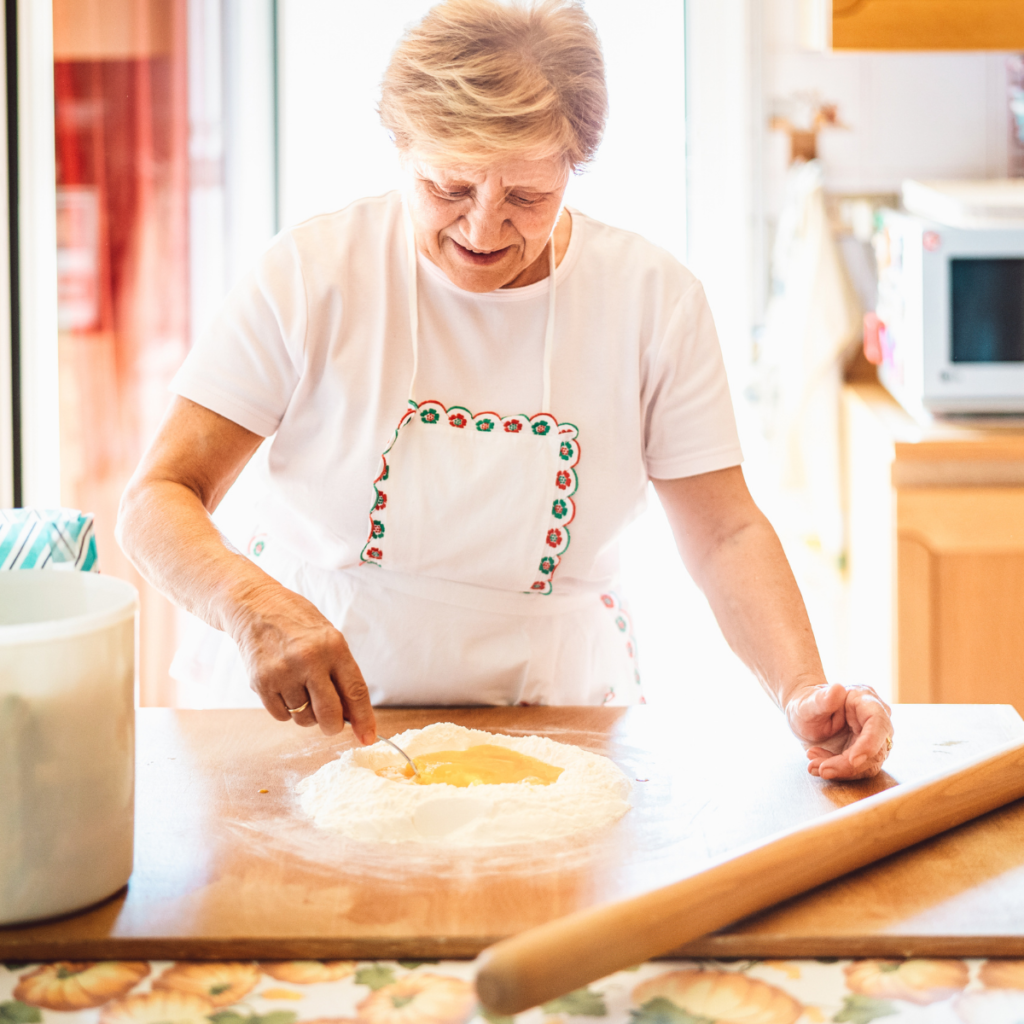
Learn To Cook A Whole Chicken
When it comes to backyard animals, small livestock, or any way that you may raise your own meat you are eventually going to need to cook and serve that food to your family. In the same way that you need to learn how to cook and prepare vegetables from scratch you will also need to get familiar with how to cook and prepare meats.
Even if you are starting by raising meat birds in a backyard chicken coop the whole chicken that you receive from the butcher will be a challenge if you are only used to purchasing boneless skinless chicken breasts or other chicken parts.
Start by learning to cook a whole chicken. I have a recipe here that you can follow. I also have several from scratch recipes you can find on my youtube channel.
Once you have mastered that then branch out to other less common cuts of meat. Just like with the $0.99 beans you will be glad that you practiced on meats you sourced from the grocery store.
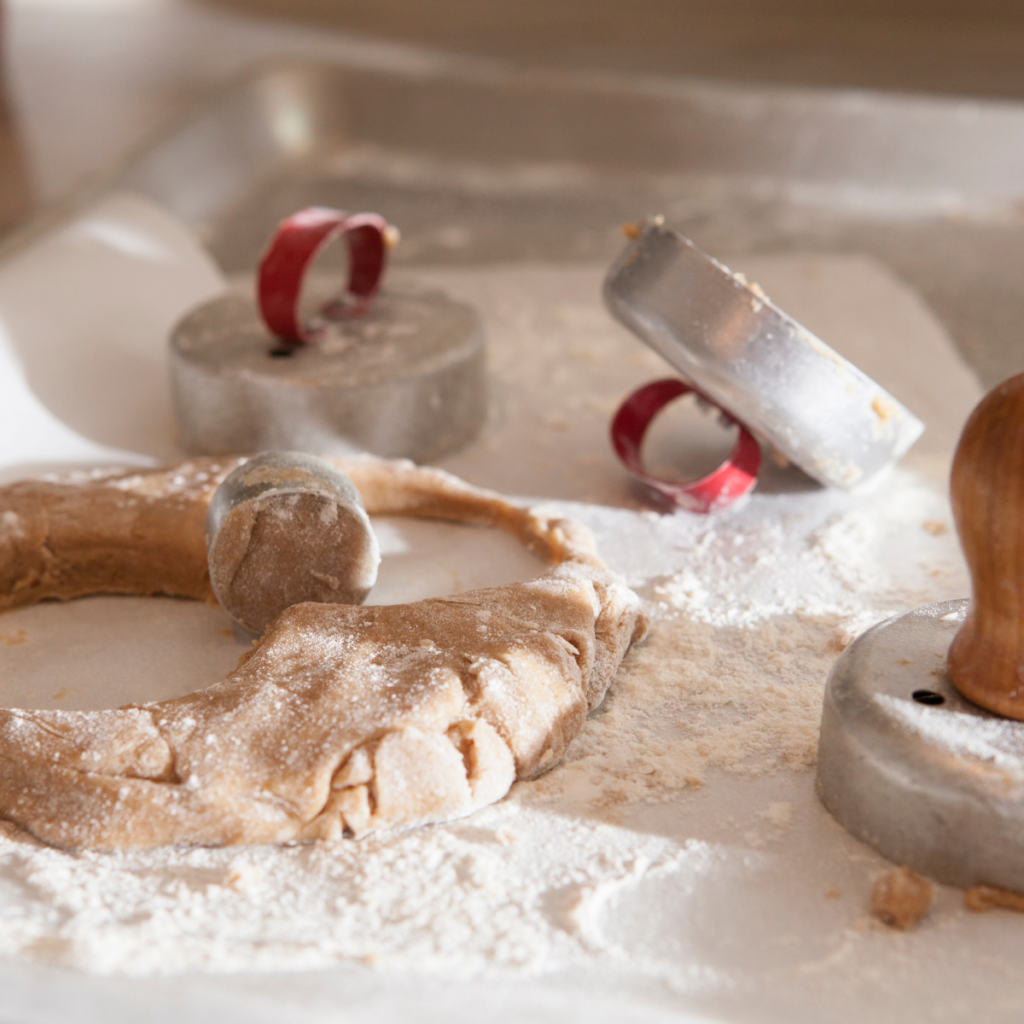
Make Natural Cleaners And Soaps
Making your own natural cleaners and soaps is another small step that you can take when you do not have much space to get started on modern homesteading.
There are a lot of great reasons to ditch commercial cleaning products one of which is the extra money that you will save. Any money that you save on conventional products is money that go to towards your ultimate goal of homesteading whatever that looks like for you.
Whether you dream of off grid living or a small towns with large yards learning Frugal Homesteading will serve you well time and time again.
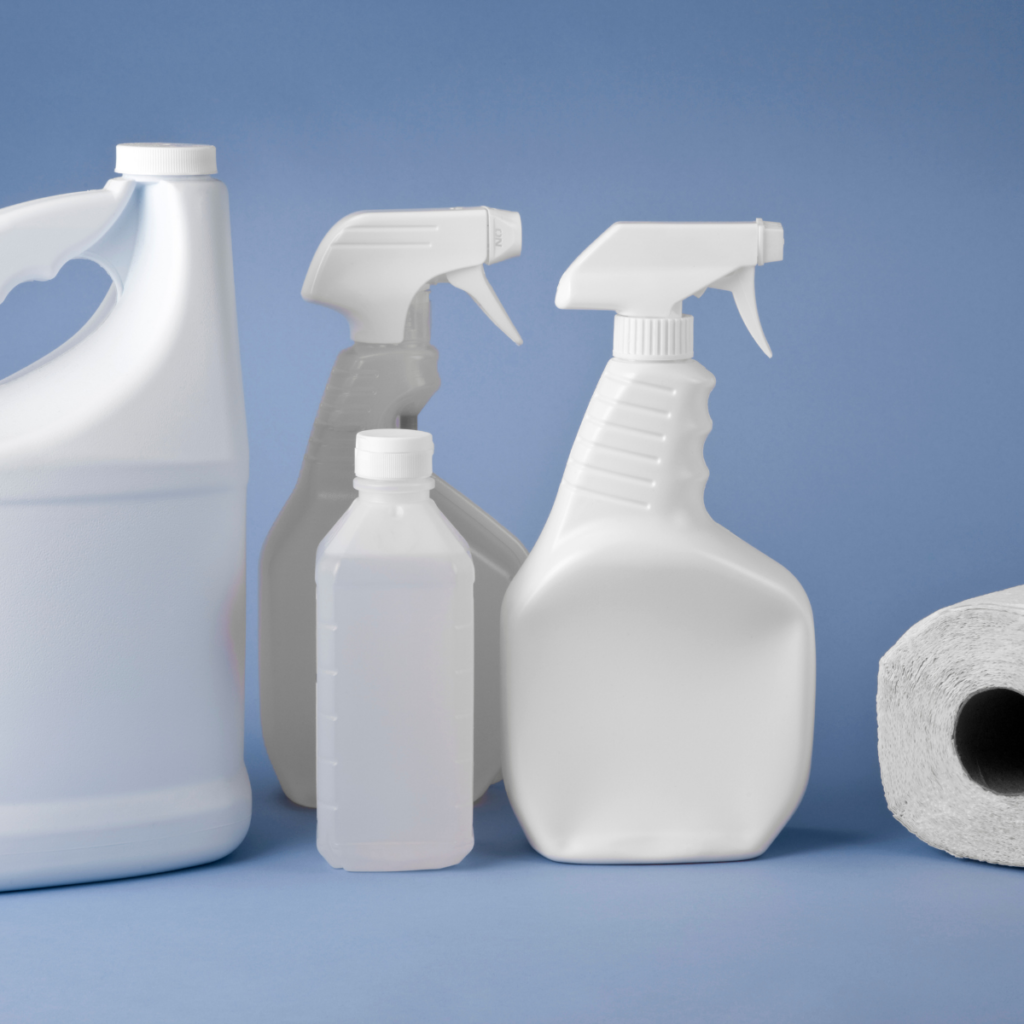
Vinegar Is Your Friend
When it comes to natural cleaners white vinegar is going to be your dear friend.
The only place in my home that I refuse to clean with white vinegar is my coffee maker. It’s a pitful story about why but you can read all about that here.
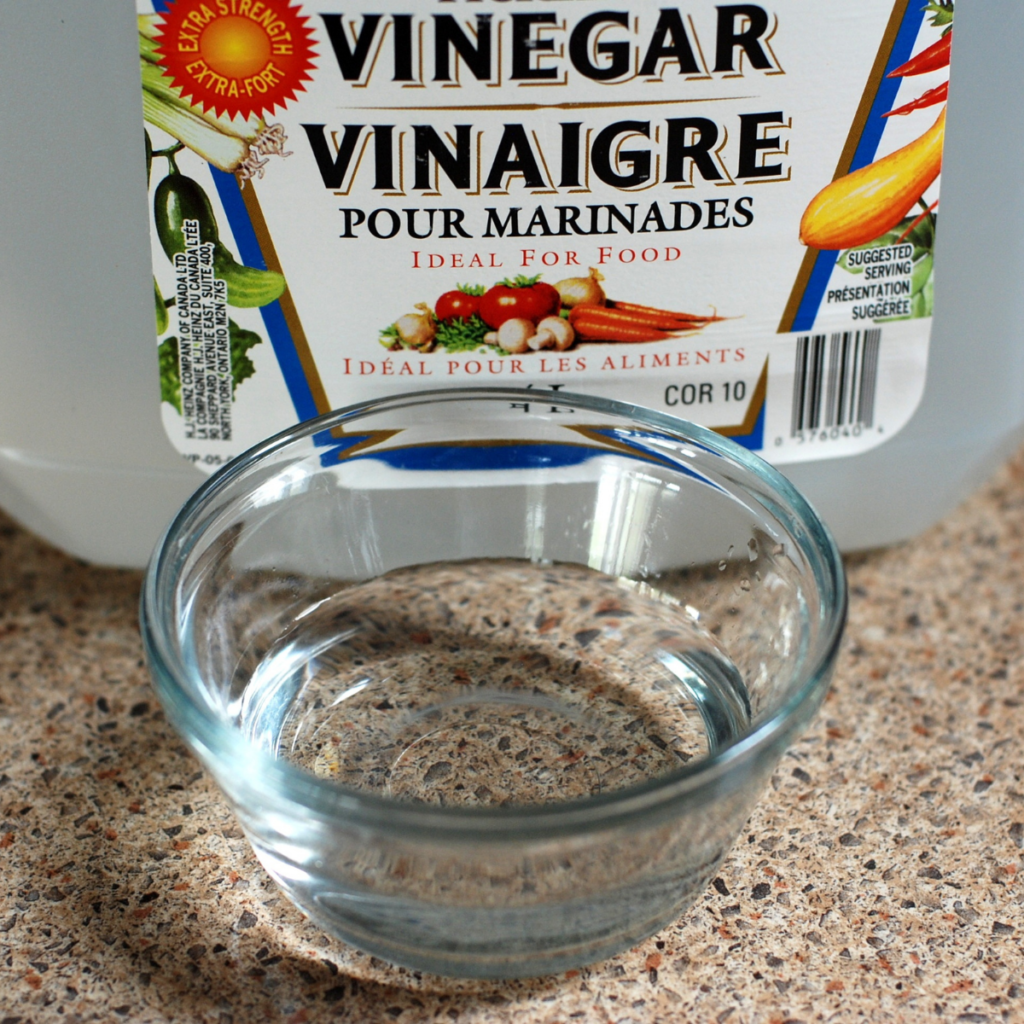
Choose More Sustainable Options
A large part of modern homesteading is taking a hard look at the impact we have on our environment.
This skill is one that can easily be acquired and practiced no matter where or how you live currently.
Choose options that are better for our planet. That might look like finding ways to eliminate how much plastic your family uses or saying goodbye to one use products like paper towels.
Other ways to practice sustainability could be recycling or even composting. There are great setups now that allow you to compost even on an apartment balcony.
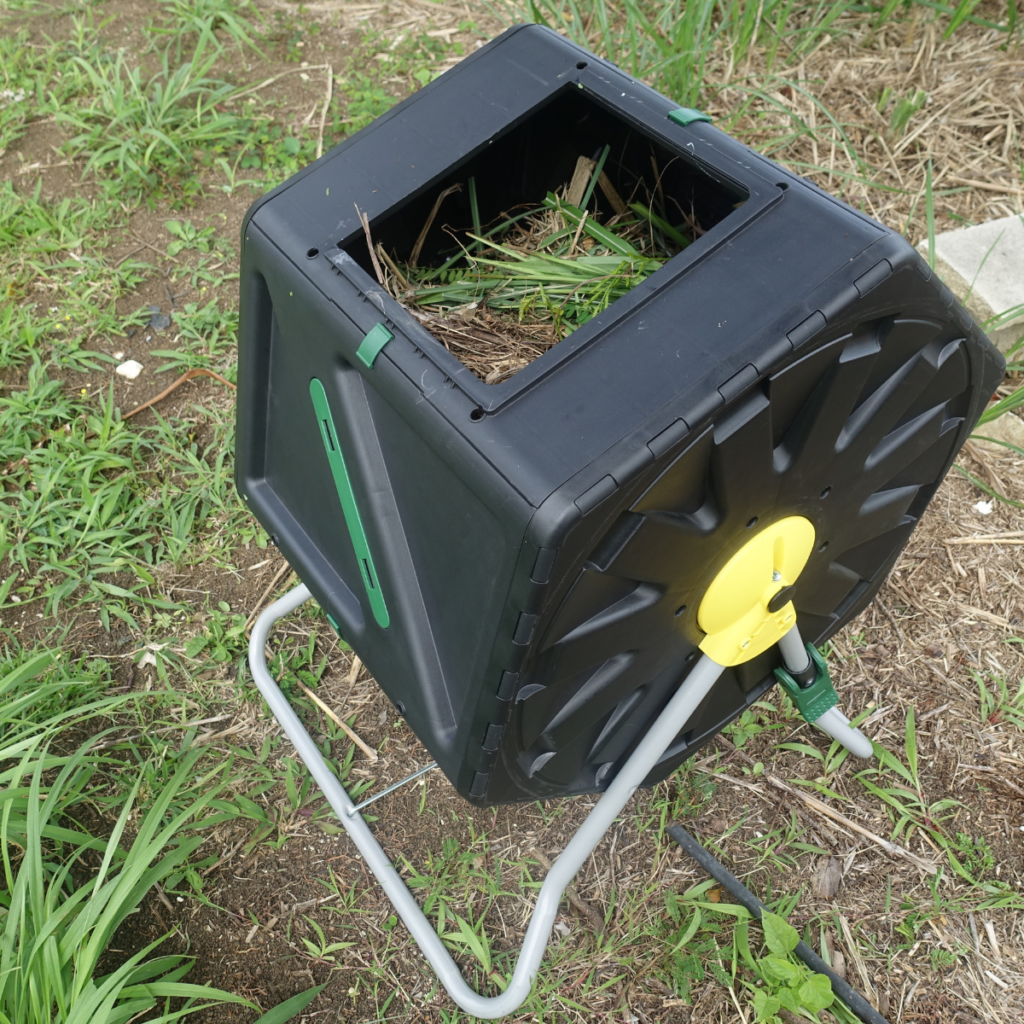
Modern Homesteading Today
Modern homesteading is possible and achievable.
Working a little bit at a time and focusing on small projects is the best and most reliable way to get started.
Remember to start building your community, to go slow, and to turn your waiting room into a classroom.
Happy Homesteading Friend!
Resources
Easy Roast Chicken Recipe
Frugal Homesteading
What To Do With Bacon Grease
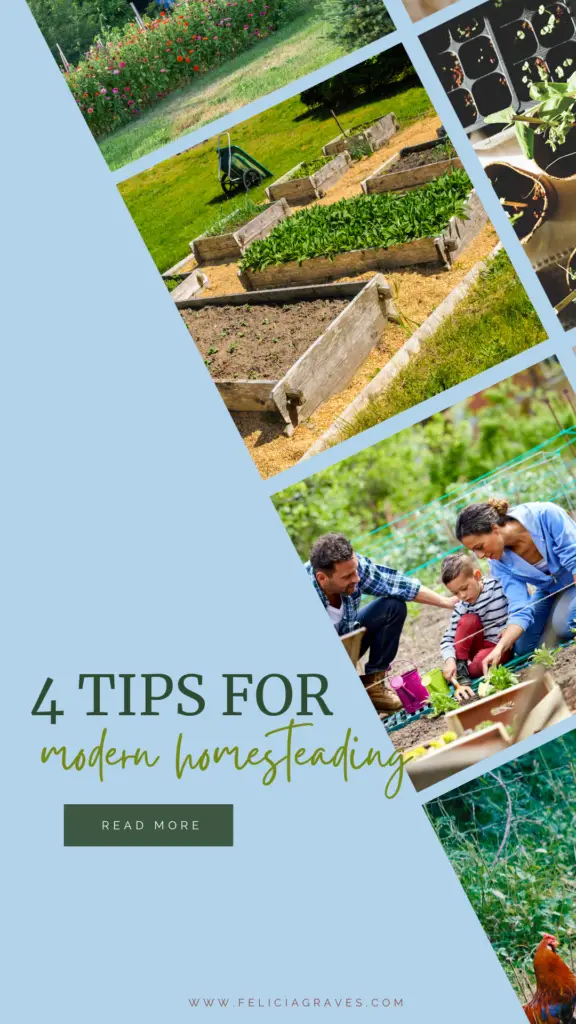

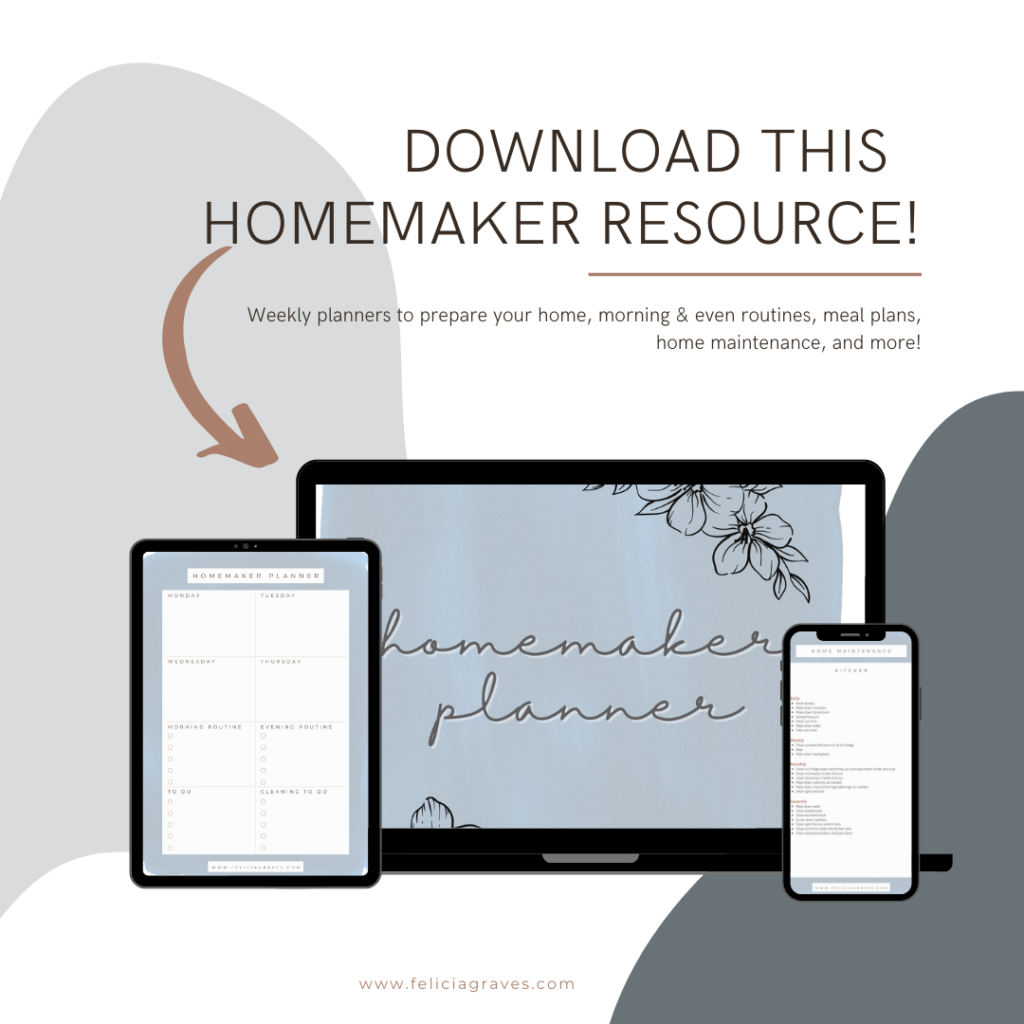
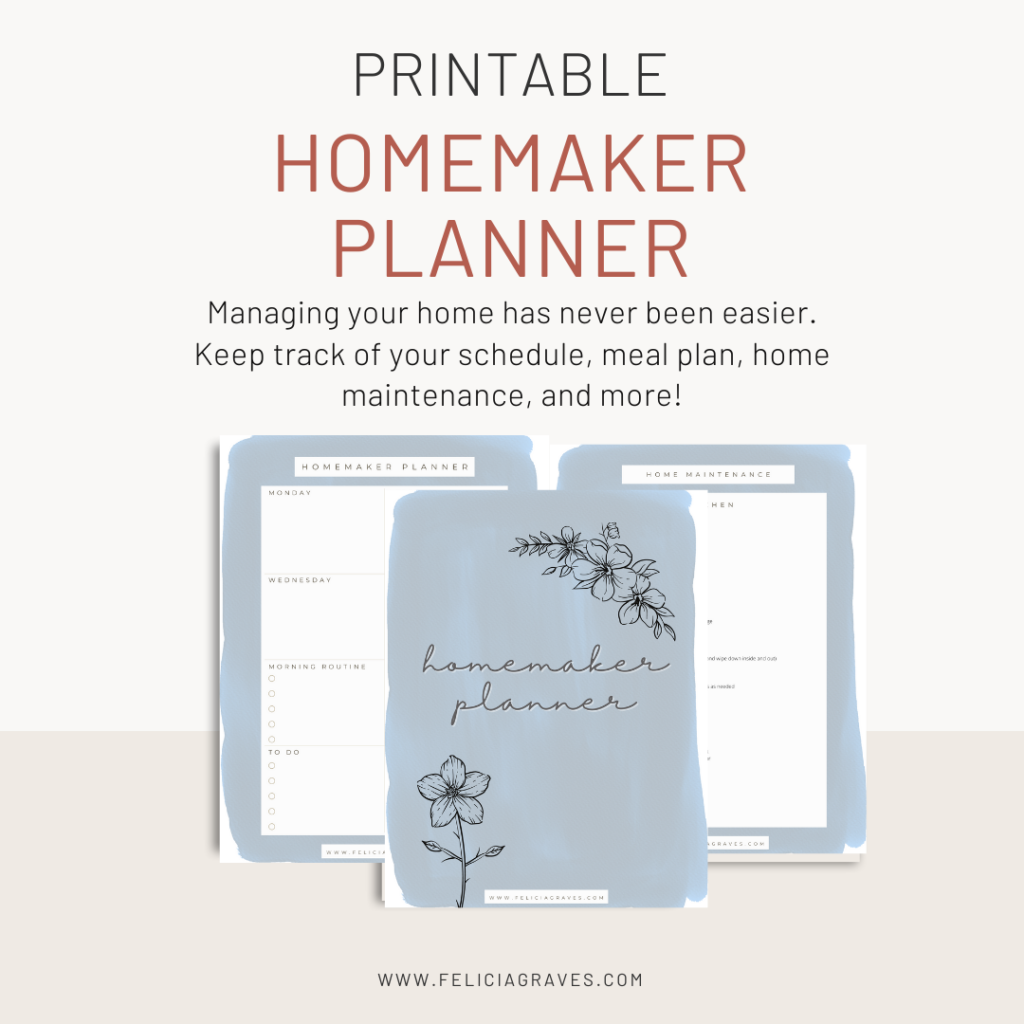
I love this explanation, Felicia! It’s so easy to get discouraged when you don’t know where to start, but this really breaks it down and makes getting started simple!
It’s so important to start slow and learn skills gradually! Great post
I love this guide that shows how doable homesteading is and can be!
Yes! To all of this! I love and agree with every single thing. And they’re all on my list.